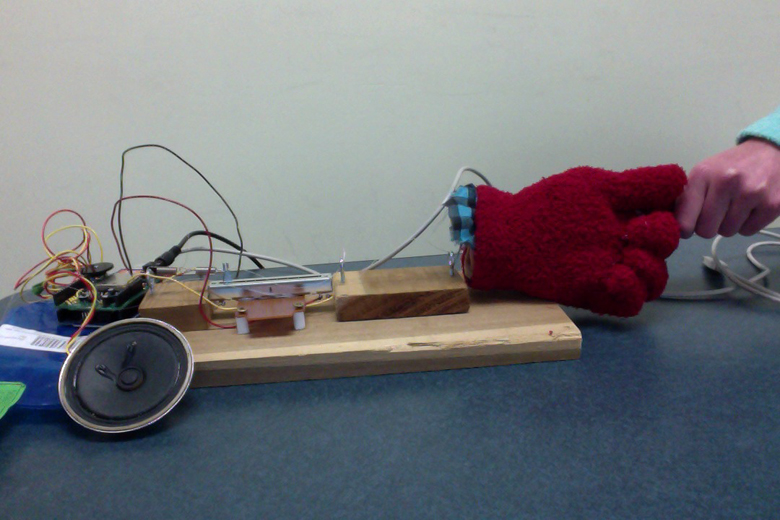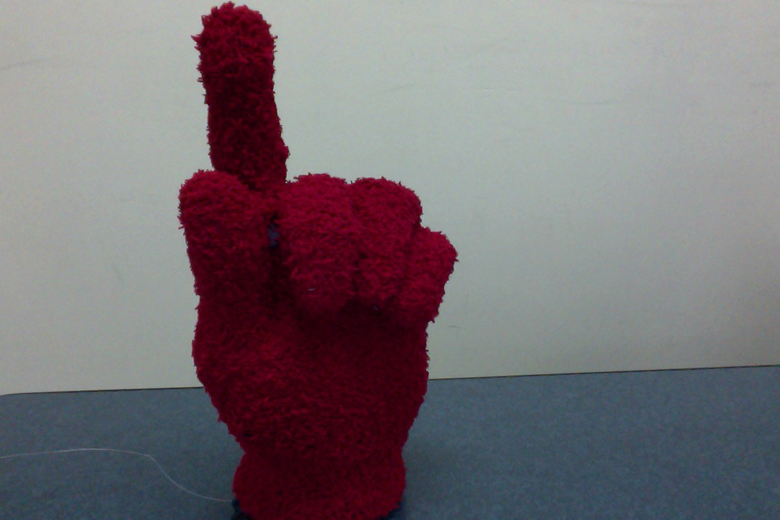


416-451-0519
nicole.glassman.5@gmail.com



When we approach an automatic door we are expecting it to open, but sometimes it closes halfway, doesn’t open at all, and as a result frustrates us. However, only after we figure out that we need to stand directly in the center of the mat and wave at the motion detector; it will do what we want it to do, open.
For a child an automatic door creates amusement. The child may not be expecting the door to open, but once it does it creates a kind of fun, magic like feeling of wonderment in figuring out how it works. Children are not afraid to use play to figure out how something works, by moving in front of the door several times, seeing what happens if they stand still, ect. They test the limits with the goal of having fun, not with the goal of one specific outcome.
For this art work we would like to go back to the idea of being a kid, having fun, being silly and unwind by creating an outcome that is lighthearted and not serious. The practical joke 'pull my finger' has been played by young at heart uncles, immature little brothers, and more recently, even iphone apps. The joke entails a prankster approaching his victim with his had clenching all but one finger aimed at his target. He proceeds to ask, "pull my finger?", when the victim does so the prankster will make a farting or belching noise. For our project we have decided to take this joke one step further, by creating multiple outcomes depending on how hard the finger is pulled.
Our work involves a robotic finger aimed at the user. The finger sticks out and looks inviting for the user to pull. It also calls out enticing comments asking the user to pull it. We chose continues interface in order to create an interaction between the viewer and the work. The piece creates a responsive system, where actions of the user are interpreted by the program to create a response from the system. The user has the experience of physically pulling the finger and creating an unexpected response; they may or may not figure out that there is a correlation between the strength of the pull and the response of the system.
Even if the user has figured out that the output is dependent on the pull he may still not get the desired output. Each degree of the strength of the pull is divided into a group where several inputs can produce a response. For instance, if the user pulls the hardest, the sound output will be one of three, 'ouch', 'buzz', or 'fart.' The user can not control which one will be played. Therefore, the user has a very limited control.